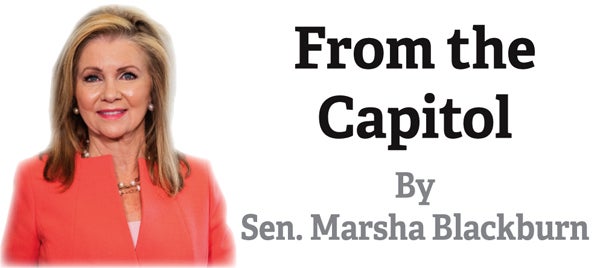It’s almost autumn, but summer is hanging tough
Published 9:06 am Wednesday, September 21, 2016
It comes twice a year and marks the first day of fall, but a lot of people don’t understand this celestial alignment.
The autumnal equinox tomorrow — the point between summer and winter — is a day of balance as it falls between the longest and shortest days of the year, and here in the northern hemisphere, we spend exactly as much time in sunlight as we do under the moon.
Autumn officially begins Thursday at 10:21 a.m. Everywhere on earth (except near the poles) the sun rises due east and sets due west and daylight length is nearly identical — about 12 hours, 8 minutes.
The equinox marks the beginning of the march toward the winter solstice, as the northern hemisphere gradually tilts further and further from the sun until the shortest day of the year, Dec. 21.
In the northern hemisphere — our part of the country — this marks an end to the long days of summer and the beginning of winter’s endless dark nights. In case you haven’t noticed, the days are growing shorter, however, we are still waiting on the cooler days and nights that autumn usually brings. The shrinking daylight gives us less time each passing day to accomplish what we need to before day’s end.
As a staff, we have covered a lot of fall kickoffs and new beginnings in the last couple of months, from the first day of school to high school and college football season.
September is a late month in our calendar, occupying the ninth spot. Ironically, in Latin it is the seventh month having retained is name after being bumped forward from its seventh position by the insertion of July (honoring Julius Caesar) and August (honoring Augustus Caesar).
But in other calendar systems, such as in Judaism, autumn marks the start of a new year, not the waning months of a year fast approaching a close.
Jews celebrate some of their most cherished holidays in autumn. The Jewish New Year, Rosh HaShanah (literally “the head of the year”), occurs on or near the autumnal equinox, depending on the lunar calendar. According to Jewish tradition, Adam and Eve were created on Rosh HaShanah.
This “New Beginning” is marked by the blowing of a trump (a ram’s horn) as directed in Leviticus 23:24. The following 10 days are a time of repentance and reflection, remembering the past year with the intent to seek and offer forgiveness where necessary and to look forward to future, brighter days ahead.
During this time, many Jews read Psalm 27 and find renewed purpose in its words, such as in verse 1:
The Lord is my light and my salvation;
whom shall I fear?
the Lord is the strength of my life;
of whom shall I be afraid?
Instead of the death typically associated with autumn, Psalm 27 exudes hope in the light and life of salvation only available through the Lord.
After the 10 days of repentance, the solemn Yom Kippur, or Day of Atonement, occurs. On this day, sins are absolved and the promise of a fresh start is renewed.
Autumn? It is a season of change and peace. It is harvest time, the season for picking apples and pumpkins, making scarecrows, and leaf peeping. One of the most visible signs of autumn in Northeast Tennessee is the changing color of the trees, from green to hues of orange, crimson and yellow.
How we frame autumn has a lot to do with how we feel about it. Most people associate fall with positive thoughts, images and memories — such as the colorful landscapes, cool mornings, blue jeans, hoodies and warm scarves, holidays like Halloween and Thanksgiving, comfort foods and drinks, fireplaces, bonfires and hayrides.
For now, summer is still hanging tough with afternoon temperatures in the 80s. The feel of fall will take a bit longer, but, rest assured those cooler days are coming.



